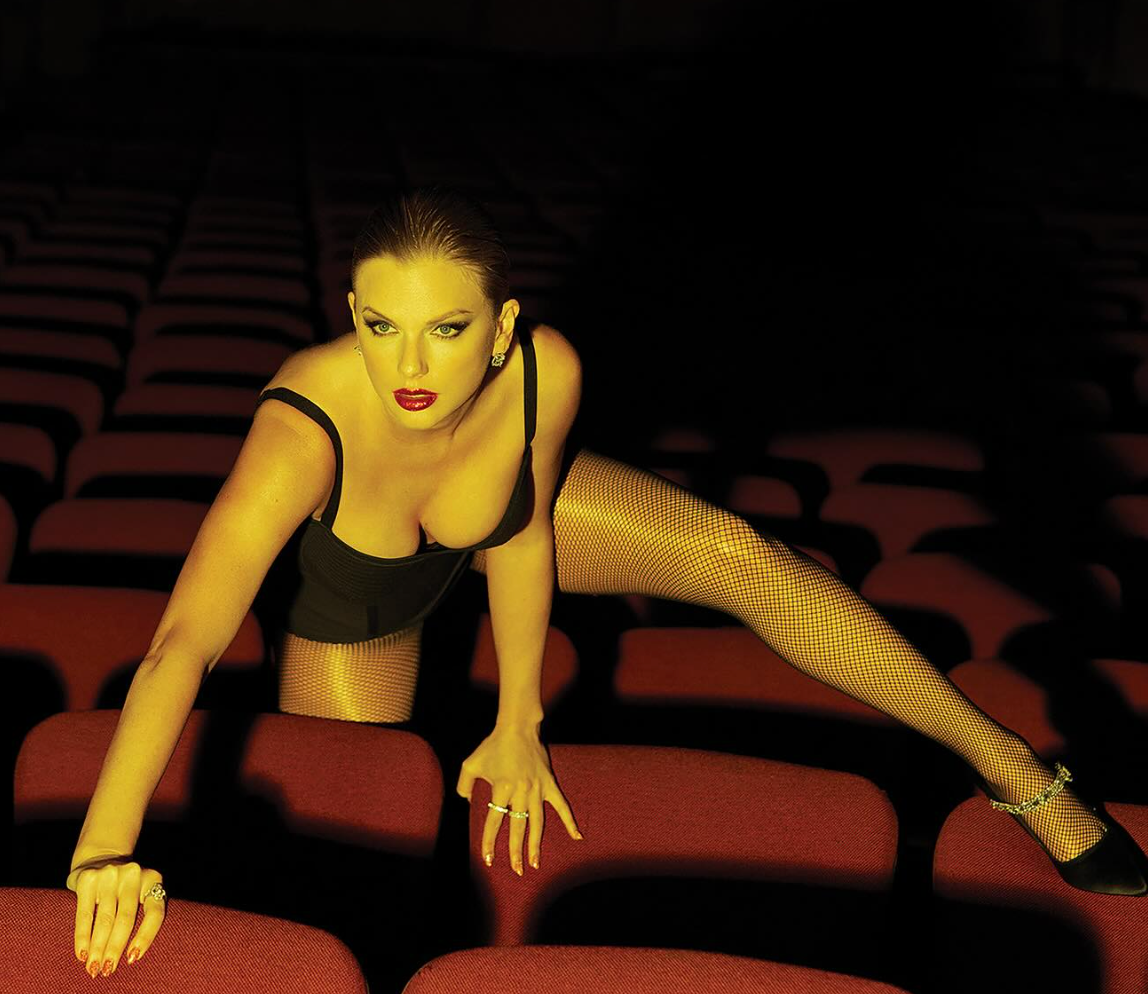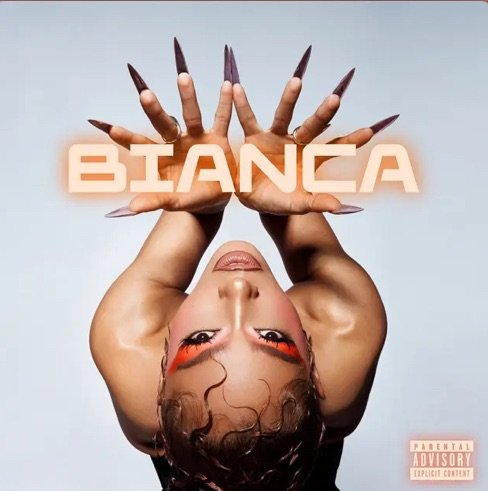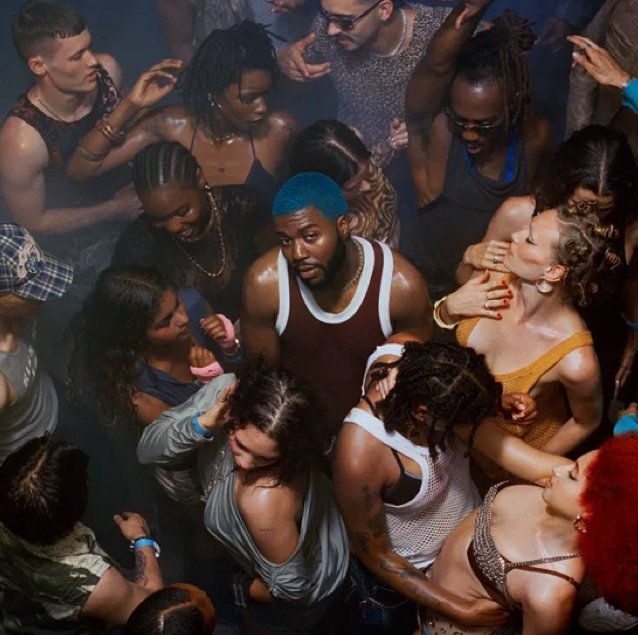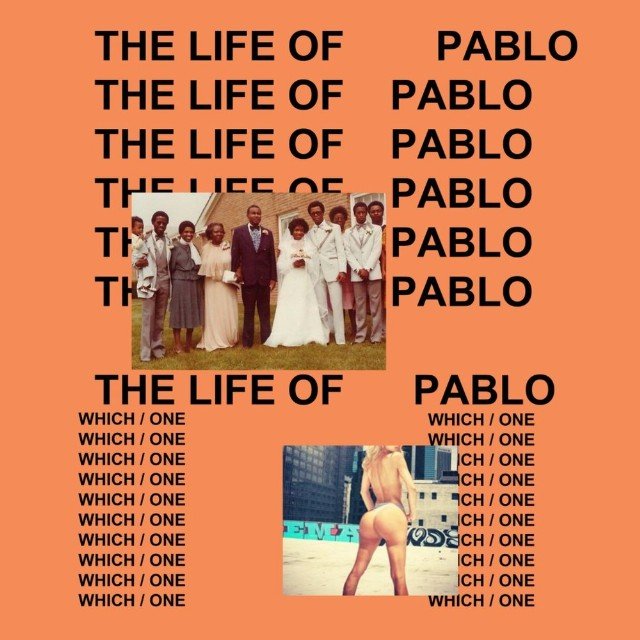
Someone needs to put “Death of a Unicorn” out of its misery.
More specifically, Death of a Unicorn is a satirical creature feature. It takes the sociopolitical stratification satire of films like Parasite or Knives Out and strives to blend it with pulpy monster movie elements often cribbed directly from works like Jurassic Park or Aliens. This is ripe, fertile ground to explore through a genre lens, but the film lacks any bona fide convictions or teeth with which to bite, ultimately feeling half-baked and neutered as a result.
The story revolves around the ultra-wealthy Leopold family—would-be oligarchs who are welcoming their new attorney (Paul Rudd) and his estranged teenage daughter (Jenna Ortega) to their remote compound, secluded in the mountains. However, things go awry when Rudd’s character accidentally hits an animal with his car on the way there, only to discover that the creature is a unicorn. Believing it to be dead, he puts it in his trunk, but not before Ortega’s character forms a unique connection with the maimed mammal. But wouldn’t you know it—upon arriving at the family’s compound and being greeted by the rest of the primary cast (Richard E. Grant, Téa Leoni, Will Poulter, Jessica Hynes, and Anthony Carrigan), it turns out that not only is the unicorn still alive, but its blood has miraculous healing properties. Thus, a medical arms race is launched, with the Leopolds attempting to strip the creature for parts and make a fortune—only to be foiled by the arrival of far more overtly monstrous and much larger unicorns who aren’t exactly happy about these developments.
The film’s central focus is the relationship between Rudd and Ortega’s characters and how being caught in the middle of the Leopolds’ legally and morally dubious exploits affects their already-tense dynamic. This is tried-and-true material rife with potential, but writer-director Alex Scharfman’s script does little to explore it in any meaningful way. Instead, these primary characters remain frustratingly stagnant for the overwhelming majority of the film. They have character arcs in name only—meaning that in the final moments of the film, they suddenly shift gears. There is no gradual progression of beliefs or values, just a momentary switch with mere minutes left in the runtime.
Not only does this make their relationship feel like it’s retreading the same ground every time they interact (if you take a shot every time Ortega’s character voices her disapproval of something only to be met with the equivalent of a “Now, let’s not get carried away” line from Rudd, you’ll be sloshed halfway through), but it also makes the film as a whole feel like it never gains traction. The entire thing is devoid of momentum, with a disjointed script that largely lacks coherent cause-and-effect.
These issues are only exacerbated by the film’s visual language. For huge chunks of its runtime, Death of a Unicorn has a lethargic, odd quality that feels completely at odds with the tone it’s so blatantly swinging for. Part of this is due to Scharfman’s penchant for lengthier sustained takes—some of which work very well (there’s a oner in the middle of the film incorporating deceptively complex staging featuring the entire cast, and it’s excellent), while others fall completely flat. Even worse, this stylistic choice leaves precious few options in the editing room, and you can absolutely feel it. Some of the film’s biggest and most costly sequences simply don’t work, with direction, staging, and editing choices that leave these set pieces incoherent, jumbled, and often incomprehensible. This is especially dire considering that horror and comedy are genres that thrive on clarity, impact, and cohesion.
So much of the film’s visual vernacular feels rudderless and muddy, akin to hearing someone deliver a monologue composed entirely of non-sequiturs. Each shot feels so disparate and disconnected from the one before and after it that the result is a mangled mess of footage, imparting very little. As a result, the film struggles to communicate even the most basic action beats, much less evoke genuine emotional reactions. Death of a Unicorn is quick to pay homage to Jurassic Park and Aliens but fails to retain even the most surface-level lessons those masterclasses in suspense, dread, and character-based storytelling teach.
That being said, the title card is great. That may seem like an odd thing to praise, but I’m ninety percent sure it was a practical title card in the style of old, and the aesthetic is very The Thing meets Metallica, which was fun and felt like one of the few elements in the film that actually struck the tone it was aspiring to. The cast is solid, with a few notable highlights. Will Poulter is delightfully ridiculous as the youngest Leopold. Anthony Carrigan continues to fortify his reputation as one of the deadliest secret comedic weapons in the business, following his miraculous stint as NoHo Hank in Barry. Jenna Ortega delivers good work as always, but the film offers her so little to do (she spends the majority of her screen time playing off of computer screens while conducting the most nebulous form of “research”) that one can’t help but wish her and Rudd’s talents weren’t so underutilized.
RGM GRADE
(D)
Overall, Death of a Unicorn feels like a movie that never evolves beyond its central gimmick. It succeeds in being, objectively, a horror-comedy with a killer unicorn at its center, but it is neither particularly funny nor genuinely scary. By the time the film reaches its overlong conclusion—attempting to mine its characters and their relationships for some bona fide pathos—the desperate, last-ditch effort to pull at heartstrings feels so egregiously misplaced that one can’t help but long for the sweet relief of the end credits.
Discover more from RATINGS GAME MUSIC
Subscribe to get the latest posts sent to your email.










